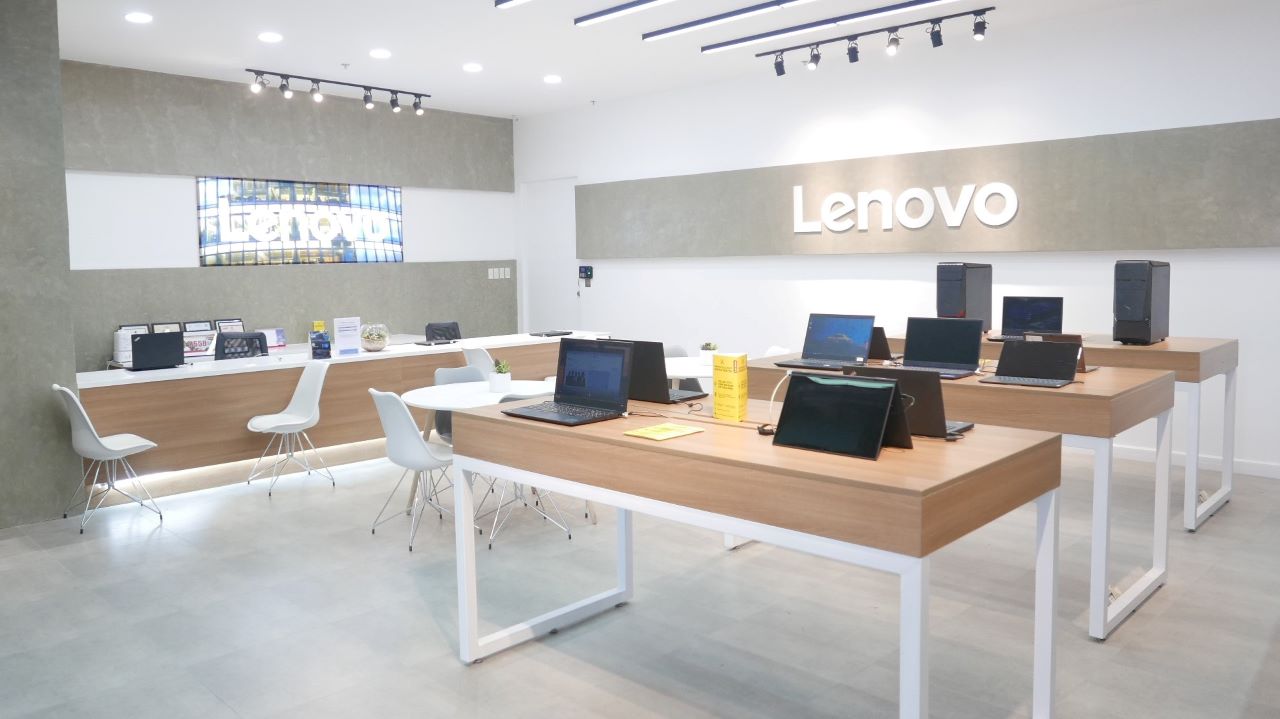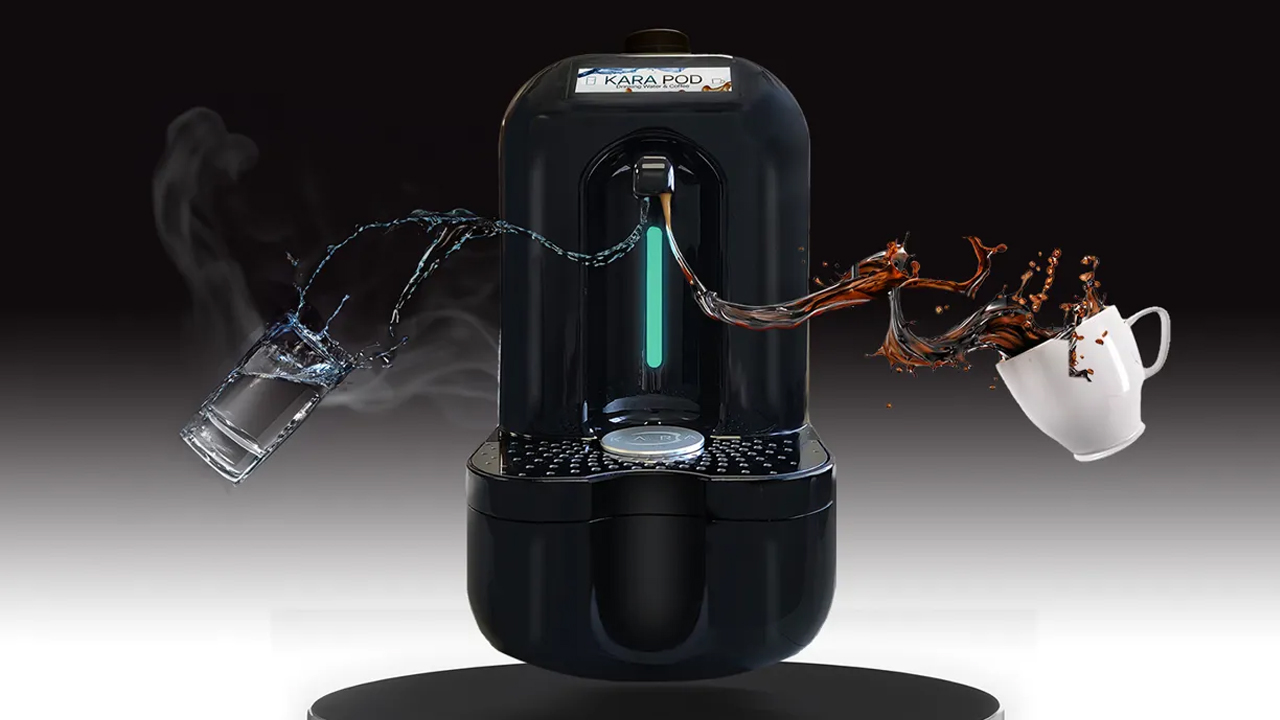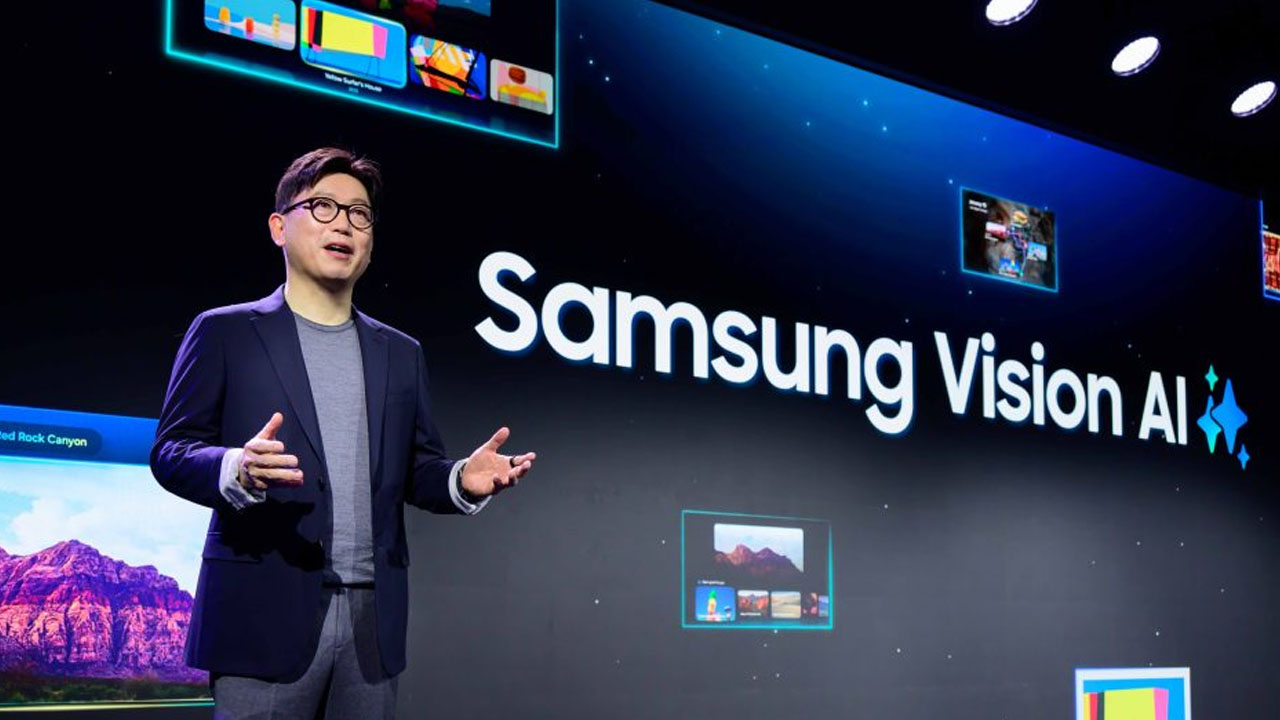With hybrid and flexible work arrangements now being practiced by many businesses, IT teams are working double time to ensure that the hybrid workforce remains efficient, productive, and secure.
The challenge is that today’s hybrid environment complicates remote fleet management, making it more difficult for IT admins to manage fleets and address risks proactively.
Along with the accelerated digital transformation and the move towards more hybrid work arrangements, companies also have to make sure they have the right IT infrastructure, with the ideal equipment and flexible software and solutions that can support remote working environments.
A recent survey conducted by Lenovo among 525 global Chief Information Officers (CIOs) found that given the chance to reboot from scratch, most CIOs (57%) say they would replace half or more of their company’s current technology.
Especially in the realm of workplace security, preparedness is key, and this is why we at Lenovo put a strong emphasis towards making continuous investments in digital transformation given the long-term changes in work environments.
Here are three ways to deploy a smarter IT services strategy that will help your IT team move from reactive firefighting to proactive planning and fleet management:
Take a proactive approach to security by resolving a concern before it becomes a breach
In the same Lenovo survey, 66% of CIOs named data privacy and cybersecurity as key job challenges. True enough, with greater mobility and the flexibility to work remotely, security is the most time-consuming task for IT departments and it will remain so as cyberattacks and data breaches continue to be a serious threat to companies of all sizes.

Thus, one of the frequently asked questions whenever a company purchases new hardware is, “What do I need to do to manage it?”.
Endpoint complexity is, in fact, heightening risk. The hybrid workforce grew so quickly during the pandemic that IT admins found it difficult to keep track of and secure all the devices and applications that were deployed on-site or remotely.
In reality, only 58% of organizations say they could identify every vulnerable asset in their organization within 24 hours after a significant attack.
It may be a daunting task but it is one that IT teams can tackle more readily with endpoint protection and management tools leveraging emerging technologies like AI and machine learning to autonomously detect, prevent, and even self-heal from zero-day attacks before they happen.
For businesses who do not have robust IT support, smarter devices, services, and software solutions that can self-diagnose and pre-empt IT issues can help.
Explore a mix of IT services and software that bolster security in each device, from the time of its manufacture through the supply chain to the end user, and all the way to end of life when it’s time to refresh that device.
Lenovo’s ThinkShield provides comprehensive and end-to-end protection that secures your business without slowing down your people. Its rigorous security standards help keep businesses ahead of dangerous breaches.
Automate preventative maintenance updates to free up teams while maintaining security
By utilizing emerging technology like AI and machine learning, IT admins will be able to foresee hardware failures, address software vulnerabilities, and respond to malware attacks.
Leveraging predictive maintenance within Digital Experience Monitoring (DEM) tools can save 10-40% in IT maintenance costs and result in a 30-50% reduction in total device downtime.
Advanced endpoint management tools are becoming widely available to better support IT administrators in managing their fleets of devices, and reducing manual labor by automating device updates.
Today, updates can be signaled at the push of a button.
Choose services that keep IT staff working smarter, not harder
Nowadays, employees who are working remotely may no longer have the same centralized access to IT teams in the office as they previously had. On the other hand, IT teams no longer benefit from the efficiencies of on-site work once provided.
Support staff are stretched thin between remote fleet management and deploying new digital transformation initiatives. Having more IT resources on deck to troubleshoot and support the core admin team is critical to preventing employee burnout.
Consider outsourcing IT support and leveraging managed services to free up in-house resources for value-added activities that drive your business forward. One such service is Lenovo TruScale, a truly global solution that makes everything, from the pocket to the cloud, accessible via a single contract and can support companies of all sizes.
With Lenovo TruScale’s high-performance computing (HPC) as-a-service solution, for example, not only can employees’ tech issues be resolved faster, thereby improving the remote user experience, but also outsourcing time-consuming tasks allows IT professionals to focus on more pressing issues.
The takeaway
Businesses now need more than just IT hardware support, which is why we at Lenovo have been constantly investing in research and innovation to come up with holistic services and solutions that can support digital transformation in new ways.
With a comprehensive IT services strategy, in-house IT teams can work smarter at securing business operations.
Today’s outsourced IT services readily extend beyond management of repairs and technical support, and partnering with an IT service provider can pay real dividends, helping to resolve problems more quickly and creating the necessary infrastructure that supports your enterprise’s digital transformation.










